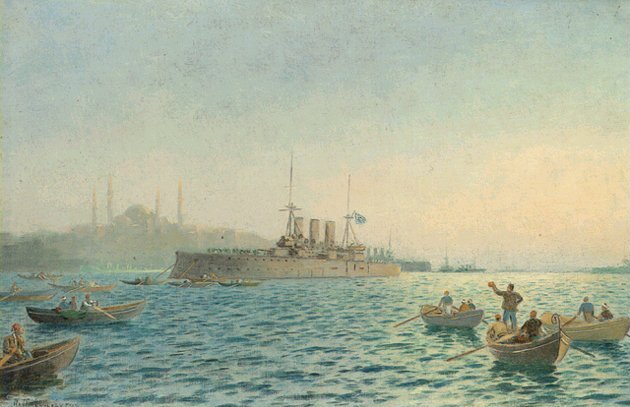Just a few general questions...
1) Did they come to exist as a direct result of the problems Britain and France faced in the invasion of the Crimea? Installed cannons/guns could easily burn wooden ships.
2) What was the golden era of those warships? They did play crucial roles in most of the euro wars after 1871 (afaik they did not play much of a part in the Franco-Prussian war, due to the abandonment of the French plan to invade from the Baltic, mostly argued to have been the effect of newly installed powerful artillery there). In the Italian-Ottoman war, the first Balkan War, and obviously in WW1, they seem to have been very important in securing victory, either through force or effective blockade of movement of troops or equipment (Ottoman utter defeat in the first Balkan War, German plan for a 'Risk-fleet' in WW1 and the resulting lesser funding for the land force).
3) Which pre WW2 battleships were deemed as the most important ones? (specific names, or classes).
Thanks for any info

1) Did they come to exist as a direct result of the problems Britain and France faced in the invasion of the Crimea? Installed cannons/guns could easily burn wooden ships.
2) What was the golden era of those warships? They did play crucial roles in most of the euro wars after 1871 (afaik they did not play much of a part in the Franco-Prussian war, due to the abandonment of the French plan to invade from the Baltic, mostly argued to have been the effect of newly installed powerful artillery there). In the Italian-Ottoman war, the first Balkan War, and obviously in WW1, they seem to have been very important in securing victory, either through force or effective blockade of movement of troops or equipment (Ottoman utter defeat in the first Balkan War, German plan for a 'Risk-fleet' in WW1 and the resulting lesser funding for the land force).
3) Which pre WW2 battleships were deemed as the most important ones? (specific names, or classes).
Thanks for any info




